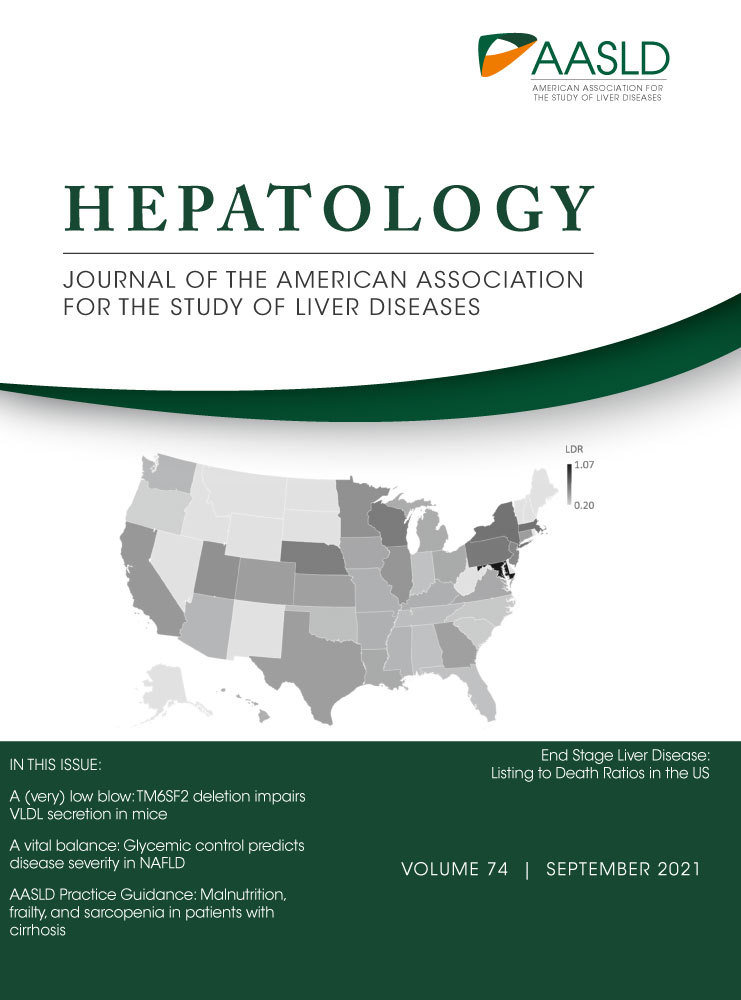State-Level HCC Incidence and Association With Obesity and Physical Activity in the United States
Abstract
Background and Aims
Hepatocellular carcinoma (HCC) remains a leading cause of cancer-related mortality, with a disproportionate impact on racial/ethnic minority groups. However, state-level variation in racial/ethnic disparities and temporal trends of HCC incidence remain unknown. Therefore, we aimed to characterize (1) state-level racial/ethnic disparity in HCC incidence, (2) state-level temporal changes in HCC incidence, and (3) the ecological correlation between HCC incidence and obesity/physical activity levels in the USA.
Approach and Results
Trends in HCC incidence between 2001 and 2017 were calculated using data from the Centers for Disease Control and Prevention’s National Program of Cancer Registries and the National Cancer Institute’s Surveillance, Epidemiology and End Results, and annual percent change in rates were calculated. State-level percent of obesity and level of physical activity were obtained from the Centers for Disease Control and Prevention, and the correlation among obesity, physical activity, and state-specific average annual percent change was tested by Pearson correlation coefficient. There were striking state-level racial/ethnic disparities in HCC incidence; incidence rate ratios ranged between 6.3 and 0.9 in Blacks, 6.1 and 1.7 in Asians/Pacific Islanders, 3.8 and 0.9 in Hispanics, and 6.0 and 0.9 in American Indians/Alaska Natives (compared with Whites as reference). Despite overall decreasing HCC incidence rates after 2015, HCC incidence continued increasing in 26 states over recent years. HCC incidence trends had a moderate correlation with state-level obesity (r = 0.45, P < 0.001) and a moderate inverse correlation with state-level physical activity (r = −0.40, P = 0.004).
Conclusions
There is wide state-level variation in racial/ethnic disparity of HCC incidence. There are also disparate incidence trends across states, with HCC incidence continuing to increase in over half of the states. Regional obesity and lack of physical activity have moderate correlations with HCC incidence trends, suggesting that interventions targeting these factors may help curb rising HCC incidence.




